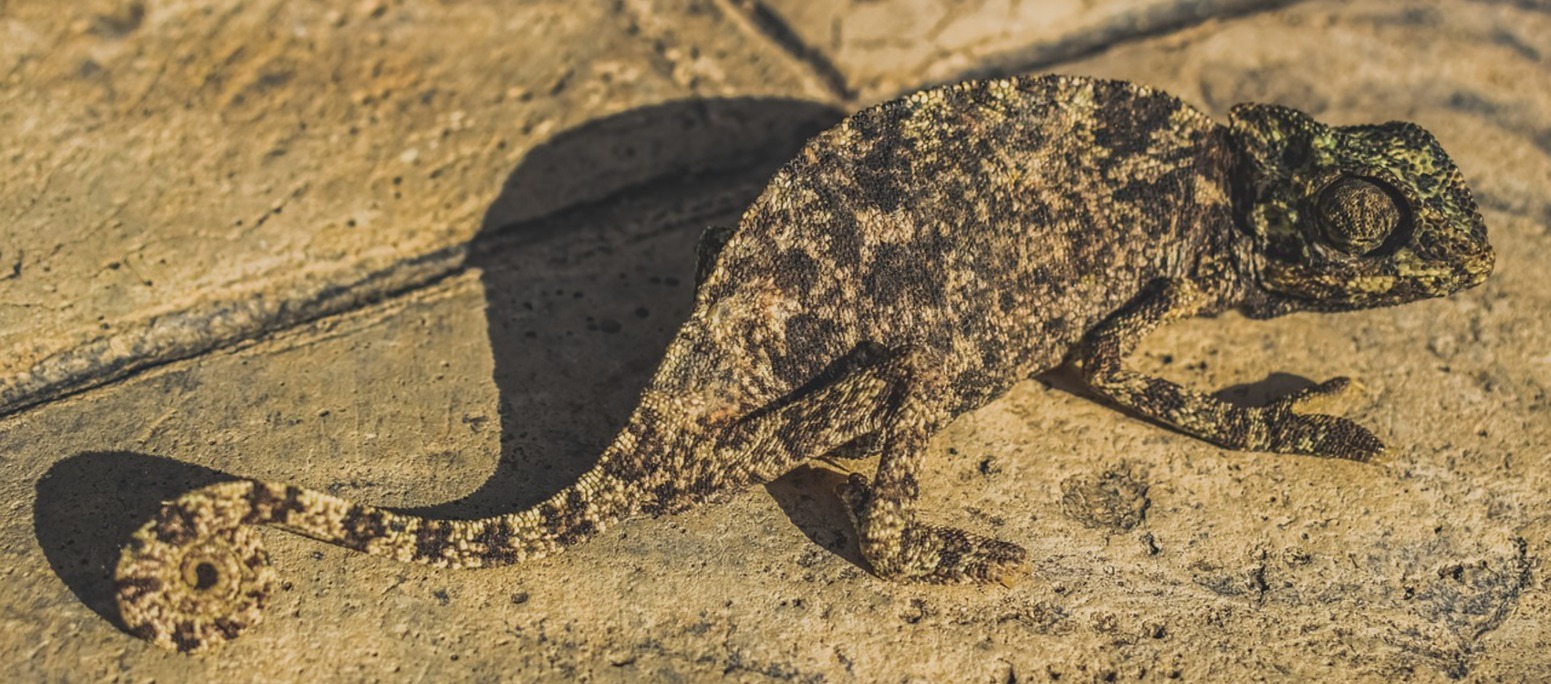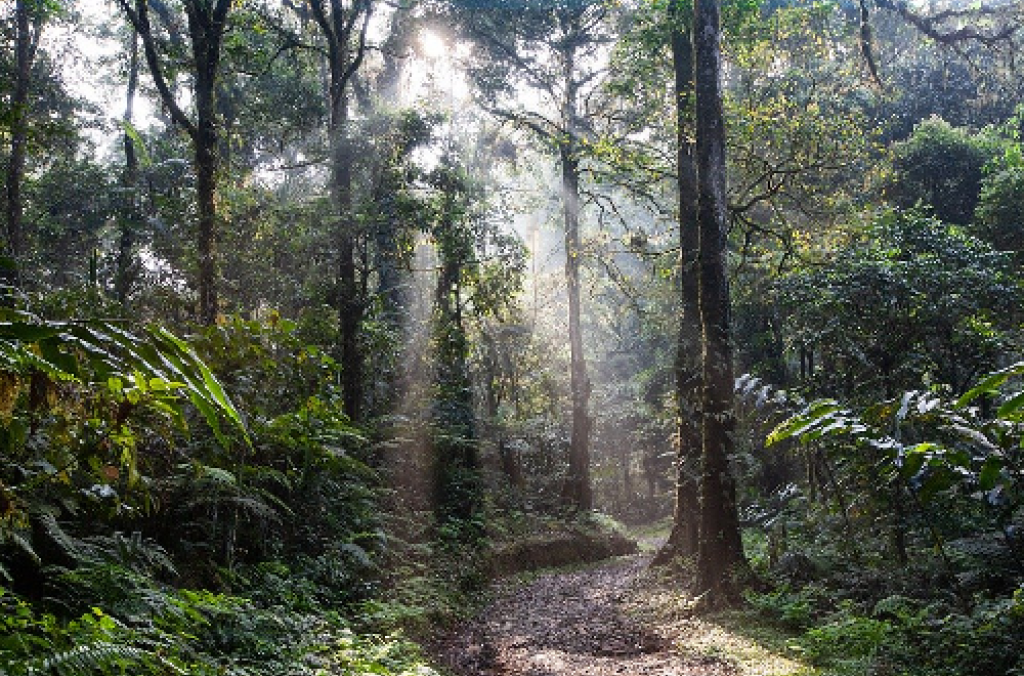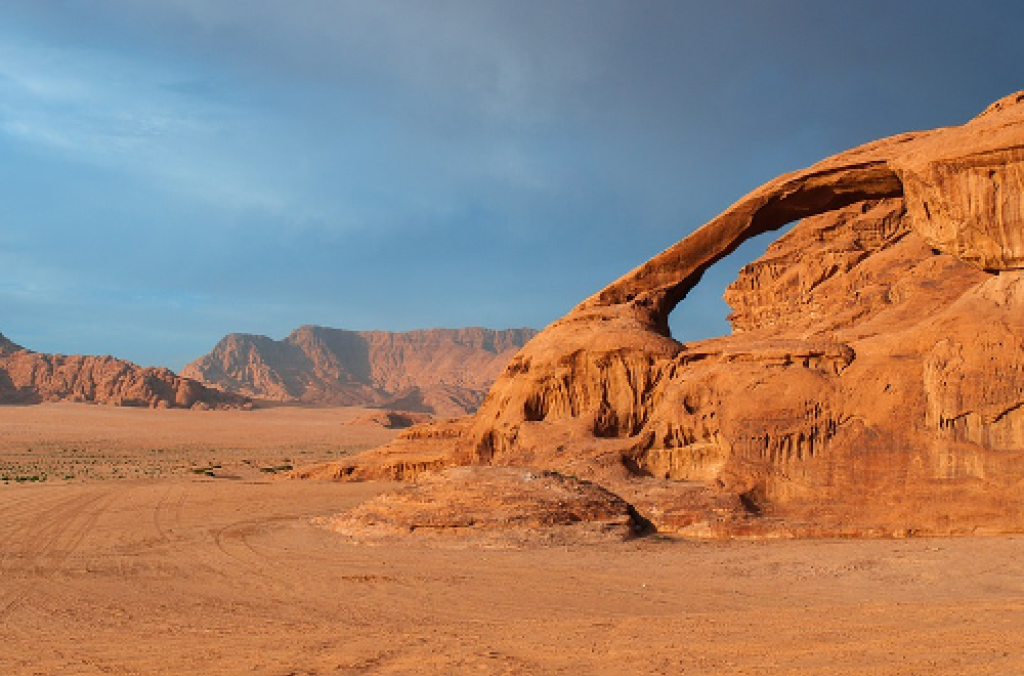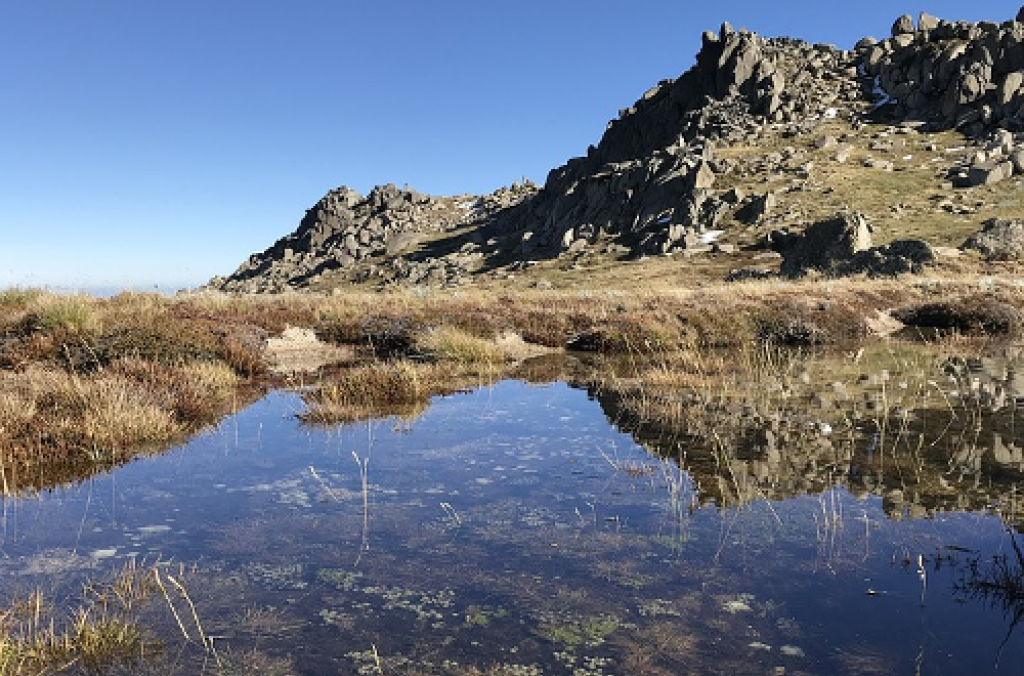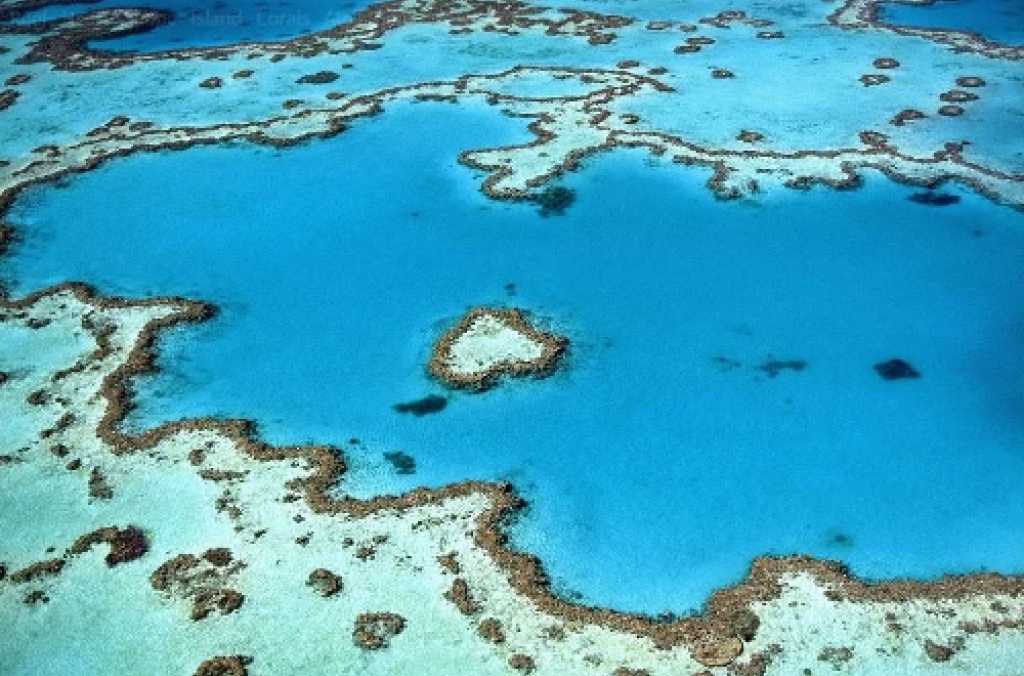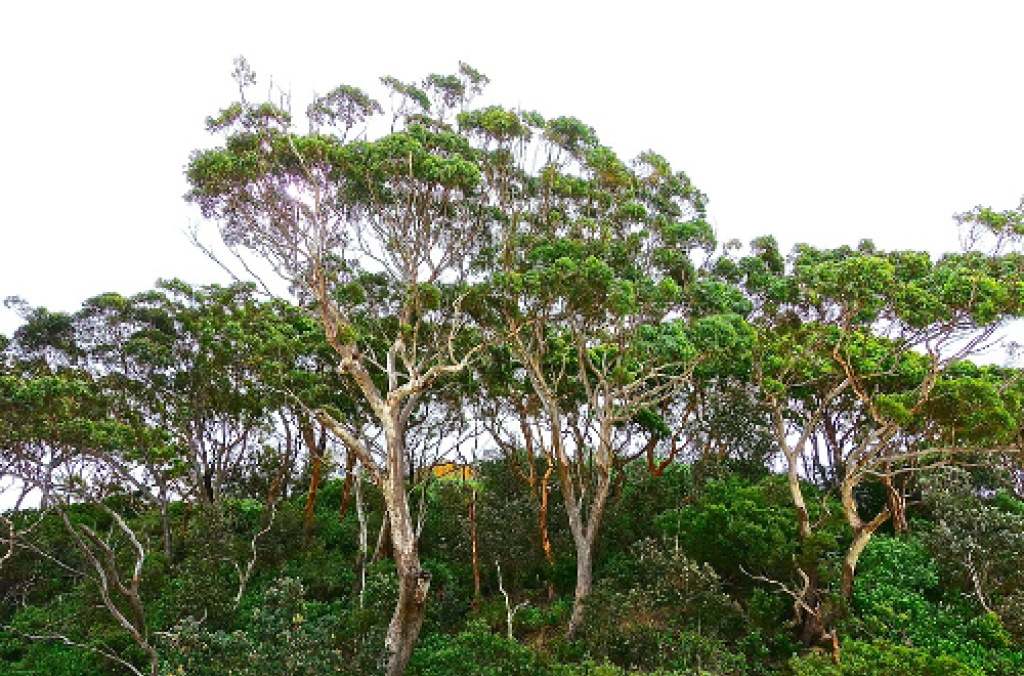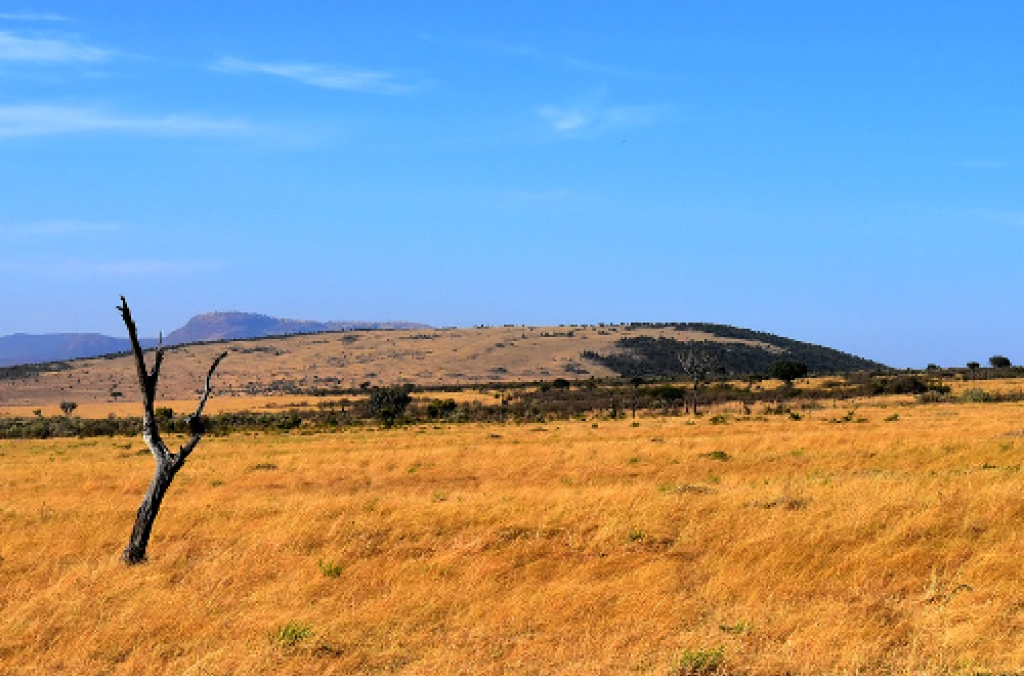Adaptations can take many forms
Things an animal does to survive
Example: The mail Satin Bowerbird creates a nest decorated with blue ornaments to show females that he is a superior mate!
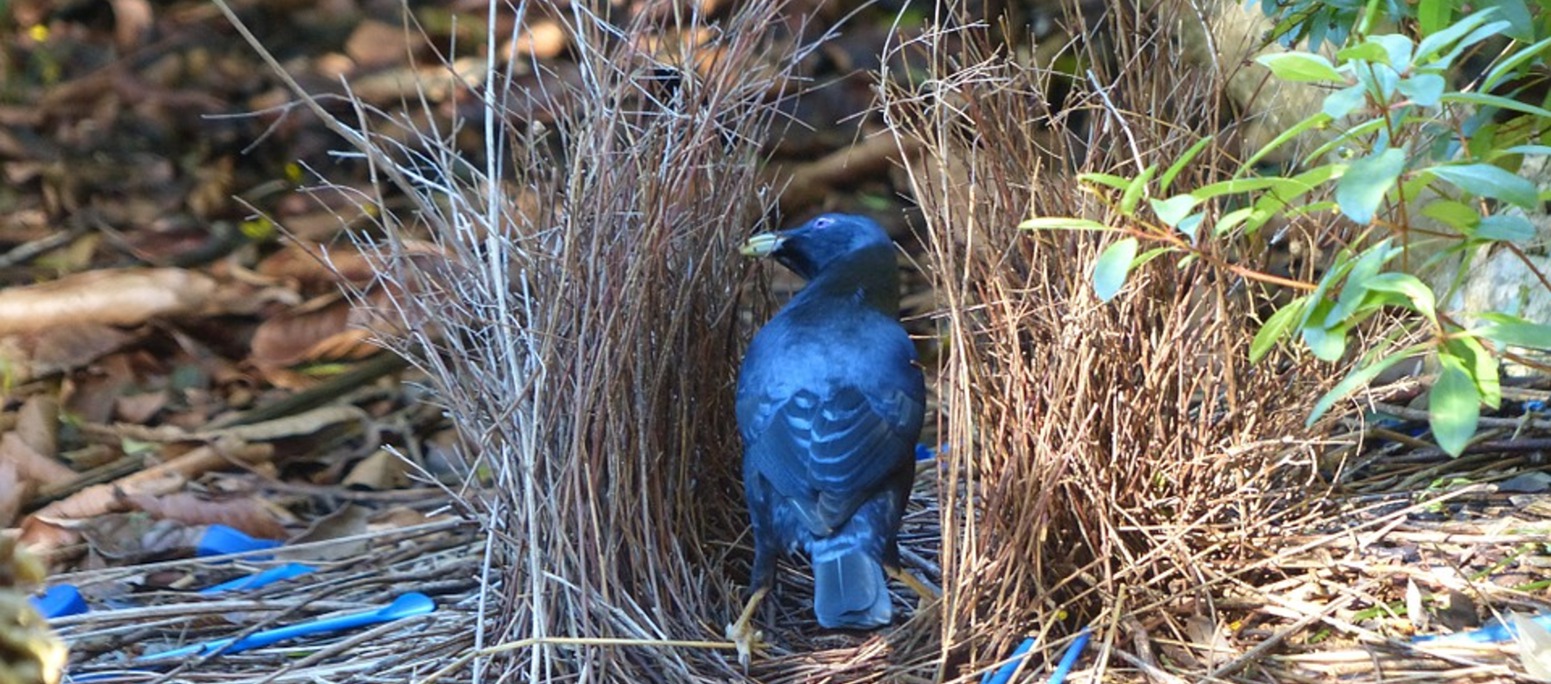
Physical features that allow an organism to survive
Example: This stick insect looks like leaves and sticks to belnd in with its environment so it cannot be found by predators.
Internal and/or cellular features of an organism that enable them to survive.
Example: Red-bellied black snakes produce venom to ward off predators and capture prey.
Extension (for Year 10 and 11 students)
So how do animals and plants get their adaptations in the first place?
The answer lies in Natural Selection…
We are all unique – humans have different eye colours, hair, skin, heights, and shapes.
Further activities and resources
- Surveying local adaptations
- Survey for plant adaptations in your school.
- Survey for bird adaptations in your school.
- How do scientists observe behavioural adaptations?
- An ethogram is a catalogue or table of all the different kinds of behaviour or activity observed in an animal. Survey the behavioural adaptations of local birds using your own ethogram.
- Calling out!
- Model the importance of mating calls as a behavioural adaptation by mimicking frog calls.
- Model natural selection
- Model the development of adaptations in this Red Lolly Frogs practical activity.
- Battle of the beaks
- Research the evolution of specialised bird beaks and model the adaptive advantage of each beak.
